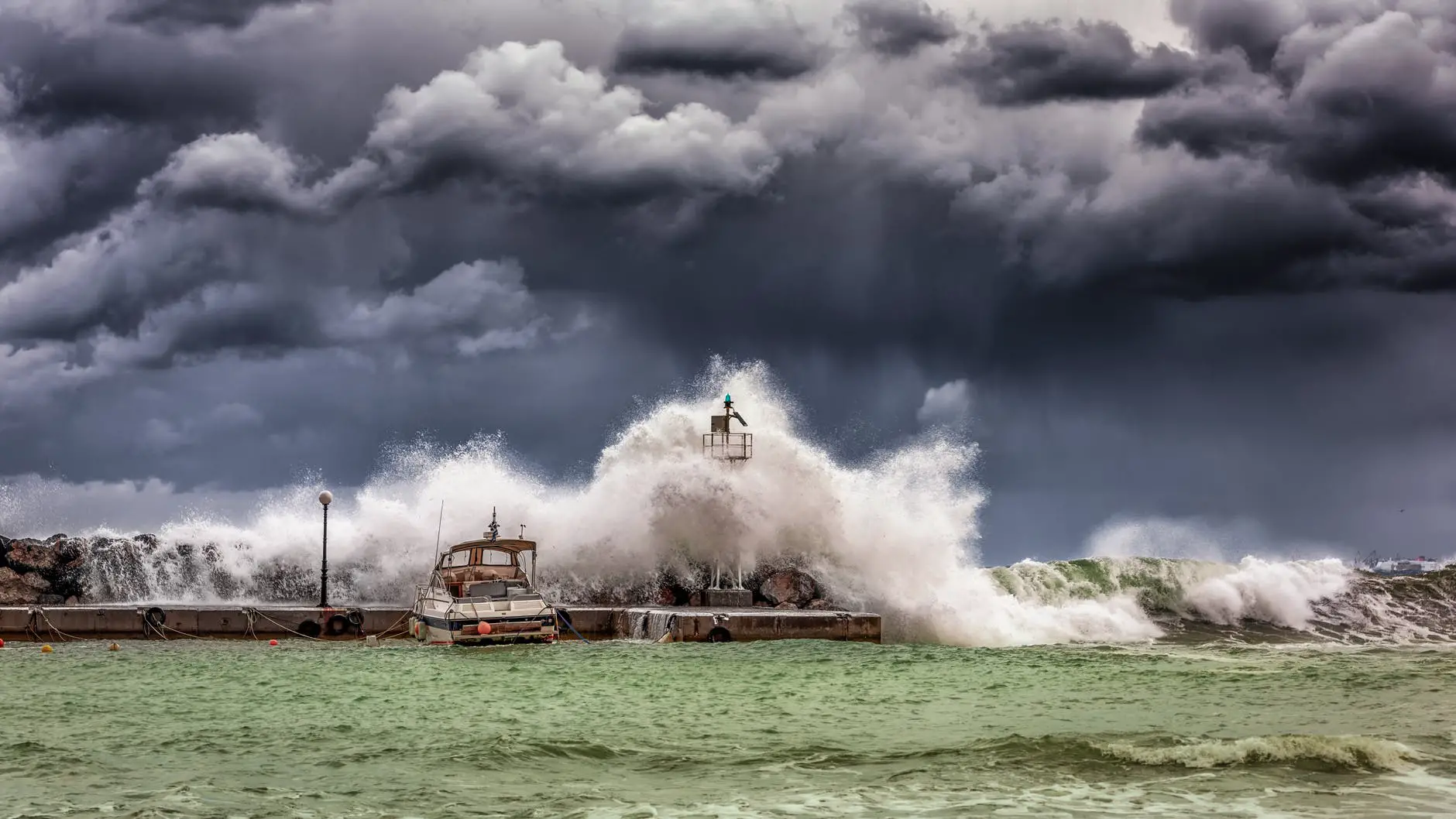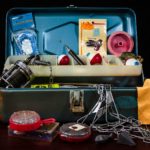While we never want to endure difficult weather situations, unexpected strong wind and lighting exist and are sometimes unavoidable. Boating in a storm is not something that can always be avoided. Occasionally a pleasant day on the water can turn for the worse despite checking the local forecast before heading out.
For the average boater, most vessels are not equipped with fancy technology like radar to keep an eye on the possibility of rain out to 50 miles. Using devices like a cell phone is a great resource to monitor ever-changing weather. Here are three tips for planning your day, keeping track of unexpected wind or rain, and how to handle the boat in adverse weather conditions.
Tips For Checking The Marine Forecast And Atmospheric Conditions
- Tune into your local television or radio station. Depending on the location, some news stations offer complete marine forecasts, particularly if you’re located near a large body of water.
- If winds are expected, take a close look at flags or trees and monitor the movement.
- Download an app like Windfinder. This application will provide you with details on windspeeds by the hour, direction, wave height, tides, and rain chances. With this, you can plan your day hour by hour and be safer when boating in a storm.
- Should a friend head out before you give them a shout and ask what the conditions are.
- Anytime a small craft advisory is issued, stay home.
How To Check Marine Forecast While On The Boat?
So you’ve determined its good enough to get to the dock and head out; how do you keep up with weather reports on the water.
- Use your eyes, look at the wind direction, speed, building clouds, and waves. The best decision may be to get back in the car and go home. Although you may feel defeated, it’s no fun being stuck in inclement conditions.
- Push the power button to your VHF radio and tune into the marine forecast frequency local to you. Frequently check back in with this channel should conditions be deteriorating.
- Utilize a radar app such as my radar. Thunderstorms can build and move rapidly; a radar app will help you identify storms are forming and will assist you in helping to steer clear if possible by changing planned routes or heading back to the dock before they strike.
Handing A Storm While Boating
Sometimes it’s too late to avoid late being caught in the intensity of strong winds or severe lightning. Here is how to ride out the storm.
Wind:
- Most importantly, if a life jacket has not already been donned, put one on in any dangerous situation.
- Do not run the boat at high speeds in rough conditions.
- In the case of heavy seas, remain ahead of the danger and move the vessel into a protected area immediately like a protected creek, canal, or public dock.
- Seas can quickly turn into large step or rolling waves, approach each wave at a 45-degree angle and avoid taking waves over the stern or directly on the side. Both swamping of a vessel and being caught sideways to a sea can lead to a boat capsizing.
Lightning:
- Avoid lightening if possible by outrunning the storm back to the marina but at a safe speed.
- Understand that lightening does not need to make a direct strike to damage onboard equipment.
- Lower all antennas, fishing gear, or other tall objects. Lightning tends to strike the highest point of elevation from the water.
- Anchor the boat from the bow until the storm has passed.
- Keep everyone on board low, or if cabin space is available, move people inside.
- Turn off onboard electrical systems and, in particular, the VHF radio.
- Know that the storm will pass and likely quickly as thunderstorms tend to move quickly.
Conclusion
While you cannot always avoid stormy situations, steps can be taken to help reduce the likelihood. Understanding how to handle these types of encounters will reduce stress when faced with the circumstance. Heavy seas and strong thunderstorms are infrequent, and you should not feel in fear. Next time you’re on the water, you can feel more prepared.








Leave a Comment
You must be logged in to post a comment.